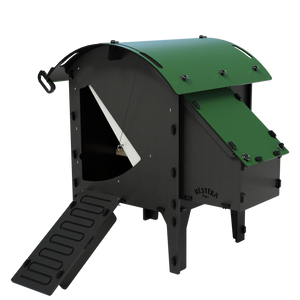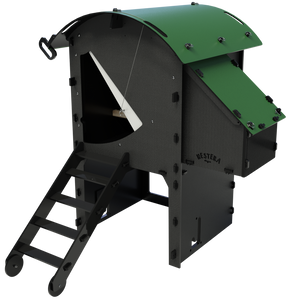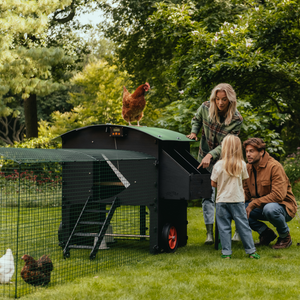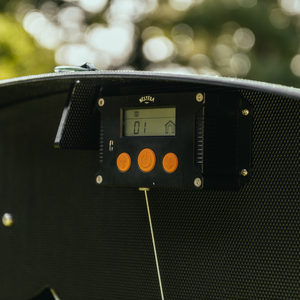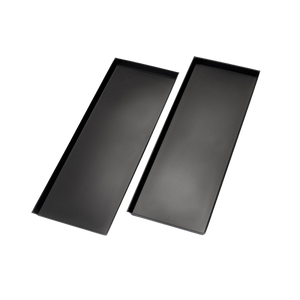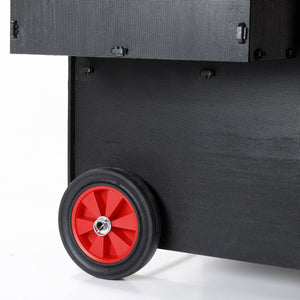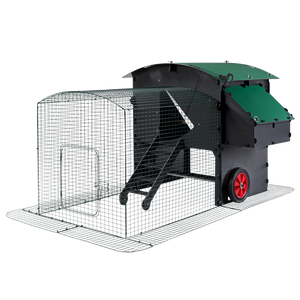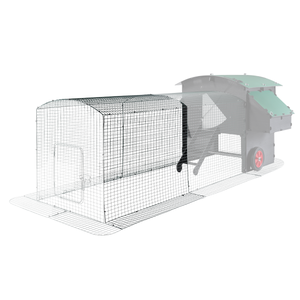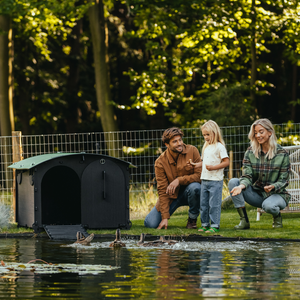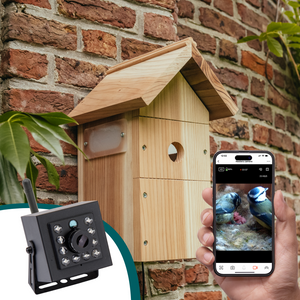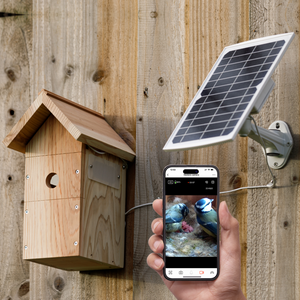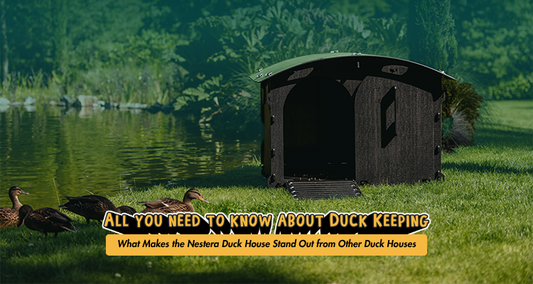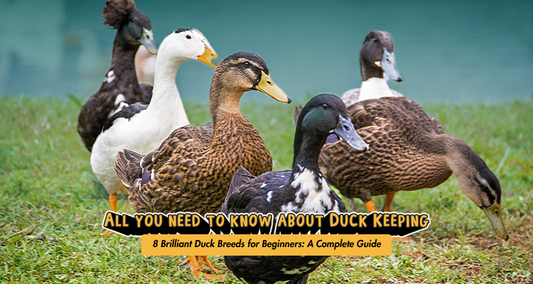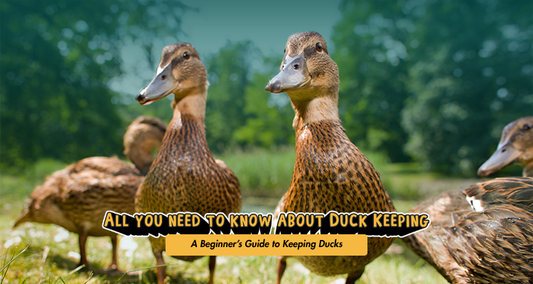When you decided to keep chickens, you probably didn’t plan to feed a wide range of wildlife in your garden too!

Why you wouldn't want your chicken feed to be eaten by wildlife
There’s several reasons why this may be an issue.
Expense
Chicken feed, even at a basic quality is expensive. You might expect costs to go up as your flock gets bigger. It can be frustrating to feed some less productive birds, too.
Vermin
Not all wildlife is as desirable as others. One dictionary describes vermin as ‘wild animals that are believed to be harmful to crops, farm animals, or game, or which carry disease’ while another refers to them as ‘small animals that can be harmful and difficult to control when they appear in large numbers’.
Both are correct. The wildlife you feed, intentionally or otherwise, is the population that grows and when you factor in the disease issues, that can cause problems for your family and your flock.
Wild birds
Not all wildlife is ground-based and wild birds have a reputation for spreading parasites like red mite and diseases like mycoplasma and bird flu.
Nutrition
Chicken feed has been specifically designed to meet the nutritional needs of chickens. It may cause nutritional imbalances and health issues in other species.
Toxicity
Manufactured feed often has other things added to prevent disease or manage worm infestations. While these chemicals are well tolerated by our flocks, they may poison other species.
Damage
Rodents in particular, have a bad reputation for chewing through plastic feeders, wooden coops and weak fencing. This can be expensive and time consuming to replace.
Predation
Wildlife that consumes chicken feed may injure or kill your flock, particularly younger, smaller members. Their presence also encourages larger predators which pose an even greater risk.

While it may be tempting to place chicken food in the coop, that can bring it’s own issues. The food is much more likely to become soiled with dropping or bedding and it attracts pests, many of whom are nocturnal, into the coop at night.
How to prevent wildlife from eating your chicken feed
There are lots of better ways of preventing wildlife from eating your chicken's feed:
Treadle feeders
Treadle feeders keep feed closed away until the ‘treadle’ is pressed and opens the feeder. The treadle is activated by a chicken standing on a metal plate. Rodents are too light to activate the feeder, problem solved!
Despite the best efforts of designers to prevent feed from being spilled, chickens are still able to scratch it out with their feet. This can become trapped under the feeder and hard for anything other than rodents to access. Kinda ironic huh! Either place the feeder on bricks or hang it on a wall or bracket to allow easier access to dropped feed by lower ranking flock members.

Hats!
An increasing number of chicken feeders now feature hats that not only keep the feed dry, they also hide the feed from birds flying overhead. If yours doesn’t already feature a hat, try to fashion one from a dustbin lid or an actual waterproof hat you’re no longer using.
Fencing
Use hardware cloth or a weld mesh with small holes. 10mm or 3/8ths of an inch should suffice. Very small mice or voles may still get through but these are often gobbled up by hungry hens.
Don’t forget the top too, as this is the way wild birds will try to gain access. Electric poultry netting can be useful in deterring all shapes and sizes of wildlife too.

Limit access
Instead of using an ad-lib hopper, feed a measured amount of food per day so there is no excess left for pests. Work on the average of 140g or 5oz of feed per bird. This may need adjusting depending on breed and time of year. A trough works best as vessel to hold the feed.
If you want to continue with hopper feeders, make sure they are inaccessible to wildlife at night. Placing them in a metal bin, is ideal. During the day.
It helps to hang feeders and drinkers from strings, several inches from the ground. It keeps the food and water cleaner and stops the smaller pests reaching them. Obviously, clearing up any feed spills or leftover food is absolutely essential too.
Traps
Use snap traps around your coop to eliminate unwanted pests. It’s much kinder than poison which causes suffering and doesn’t pass up the good chain. Relocating live caught pests is also not recommended as vermin are territorial and often get attacked by others.

Environment
Pests that eat chicken feed are often small and predated by larger animals. They will use the cover of long grass, plants and other objects to grab their meal while avoiding becoming one! Placing the feed away from natural cover and keeping the area around the coop tidy will make it much harder for them. Make sure that you haven’t provided a perfect home for them with piles of detritus in your garden too.
Bird feeders
Bird feeders are specifically designed to attract wild birds to your garden. It’s very common for spilled feed from these to be consumed by small mammals. It’s completely understandable in the eyes of these creatures that your chicken’s feed can seem like an extension of the feast. Never sprinkle any bird or other food on your lawn.
Act early
There are always signs of wildlife activity if you look for it. While it’s simpler to turn a blind eye to issues when they begin, early intervention is more effective, easier and quicker in the long term. Find out the signs of wildlife in your area and question any anomalies as they arise.


